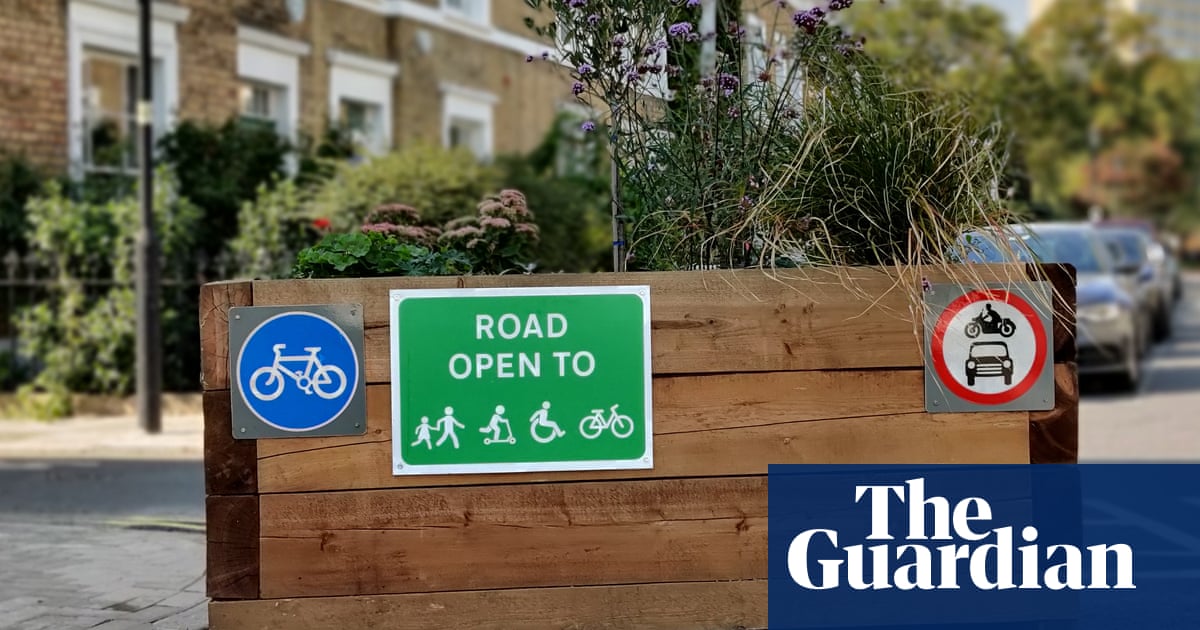
"Rather than simply shuffling traffic between side roads and main roads, as Harker asserts, low-traffic neighbourhoods in Lambeth and elsewhere lead to significant overall drops across the whole area."
"Moreover, evidence shows that collisions and injuries are also reduced significantly within low-traffic neighbourhoods, and do not increase on surrounding roads."
"It's rat-running which is prevented. Nor is there evidence that low-traffic neighbourhoods increase pollution. On the contrary, separate studies... have found evidence that overall levels of car use and/or car ownership fall among LTN residents."
"Harker's article also fails to mention the other low-traffic neighbourhoods in Lambeth such as Railton Road, Brixton Hill, and Oval... without causing issues on boundary roads."
The authors express disagreement with Joseph Harker's article regarding low-traffic neighbourhoods (LTNs) in Lambeth. They argue that LTNs contribute to safer, healthier environments by significantly reducing overall traffic and accidents. Contrary to Harker's claims, studies demonstrate that LTNs do not increase traffic on boundary roads, and some show a decline in car use among residents. The authors highlight successful examples of LTNs in their area as evidence of the positive impacts, emphasizing the importance of understanding the broader benefits of these neighbourhood designs.
Read at www.theguardian.com
Unable to calculate read time
Collection
[
|
...
]